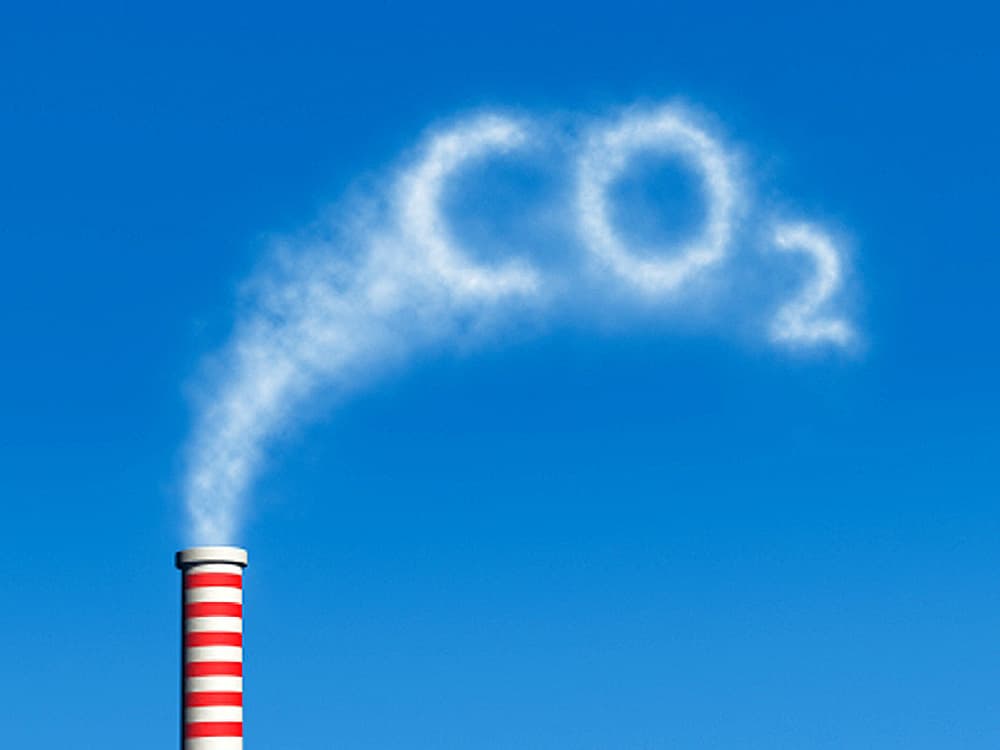
India Pledges To Slash Carbon Emissions By 35 Percent
India Pledges To Slash Carbon Emissions By 35 Percent. As the last major economy to submit a target for a global climate pact, India is pledging to reduce the intensity of its carbon emissions and boost the share of electricity produced from sources other than fossil fuels to 40 percent by 2030.
The world’s third-largest carbon polluter filed its climate action plan to the Germany-based U.N. climate secretariat late Thursday, the deadline for pledges before a December conference in Paris, where governments are supposed to adopt a landmark deal to fight climate change.
In a 38-page submission citing Mahatma Gandhi, the Indian government said it would slash the rate of emissions relative to gross domestic product by 33-35 percent by 2030 from 2005 levels.
It said India has already reduced its carbon intensity by 12 percent since 2005.
The carbon intensity goal will allow India’s emissions to grow as its economy expands, but at a lower rate than now.
“It is estimated that more than half of India of 2030 is yet to be built,” the government said.
Environmental groups following the U.N. climate talks welcomed India’s pledge.
“India now has positioned itself as a global leader in clean energy, and is poised to play an active and influential role in the international climate negotiations this December,” said Rhea Suh, president of the Natural Resources Defense Council, an environmental think tank based in New York.
India plans a fivefold boost in renewable energy capacity in the next five years to 175 gigawatts, including solar power, wind, biomass and small hydropower dams.
Even with a major boost of renewable energy, India is also planning to expand coal power – the biggest source of emissions – to satisfy its energy needs. Coal-fired power plants account for about 60 percent of India’s installed power capacity.
By 2030, the government said its installed capacity from “non-fossil fuel based energy resources” would grow to 40 percent. It wasn’t immediately clear whether that would also include nuclear power.
India said boosting its renewables to that level would require help with transfer of clean technology and financing – two of the crunch issues before the Paris deal, which is supposed to apply to all countries but also include provisions for rich countries to help poor countries fight climate change and adapt to its consequences.
Scientists say the heat-trapping carbon emissions released by the burning of fossil fuels – coal, oil and gas – are a key driver of rising temperatures that could lead to potentially catastrophic impacts, including flooding of island nations and intensifying droughts.
China and the U.S. are the only countries with higher emissions than India. As a bloc, the 28-nation European Union’s emissions are also higher.
Like other developed countries, the U.S. and the EU committed to absolute reduction targets, while China pledged that its emissions would stop growing by 2030. India, with more than 300 million people living in poverty, wasn’t expected to offer a peak year because its emissions are projected to increase for decades as energy demand rises along with economic growth.
Indian Environment Minister Prakash Javadekar last week told The Associated Press that developed countries should “vacate the carbon space” to allow India’s emissions to increase. “That carbon space demand is climate justice,” he said.
Two climate research groups this week said that the pledges put forth before the Paris conference would slow down global warming but projected that temperatures would still rise by 2.7 and 3.5 degrees C (4.9 and 6.3 degrees F), respectively.
© 2015 The Associated Press. All rights reserved. This material may not be published, broadcast, rewritten or redistributed. Learn more about our Privacy Policy and Terms of Use.












